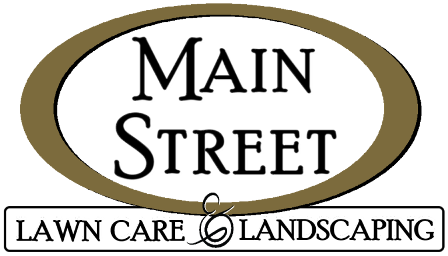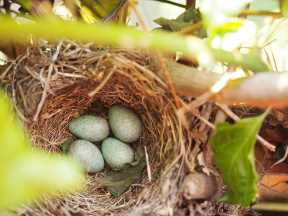Essentials for Birdscaping
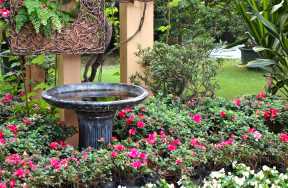
Birdscaping, while not a recognized term in the dictionary, is any landscape design done with birds in mind. Birdscaping would not simply be adding a bird bath or hummingbird feeder to your existing landscape. Instead, birdscaping considers how to attract, feed and protect birds through the selection of particular plants, the arrangement of those plants and the addition of any special featured item such as a fountain or a feeder. When looking to attract birds to your landscape, you must consider three very important aspects of a bird’s life.
FOOD
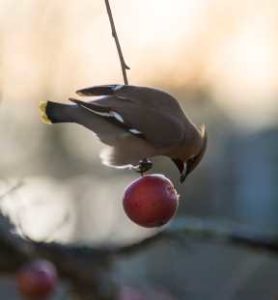
WATER
Giving the birds a source of fresh water is essential for attracting birds. The water source should be shallow (up to 3 inches at most), clean and available year-round. A bird bath is an easy option, but does demand consistent cleaning. Consider adding a water source with running water, such as a shallow fountain. Your water source should be elevated and be in an open area to keep the birds safe from predators.
SHELTER
While food and water give the birds a reason to visit your landscaping, unless they find shelter and a safe nesting place, they will not stay for long. Birds need protection from the weather as well as from their predators. You can meet this need through both plant selection and layout. Birds prefer multi-stem plants that provide a dense canopy as it provides shelter as well as great opportunities for nesting. If you want the birds to stay year-round, you should have a mix of both deciduous and evergreen plants. Layer and group your plants, providing shelter at different heights. Varying plant heights also allows the birds to move easily from one location to another. Again, using native plants whenever possible will provide the birds with plants they recognize as shelter options.
Food, water and shelter are the essential components to consider when “birdscaping”. However, don’t forget that beauty will play a key role in not only attracting birds to your landscaping, but providing a space that allows you to enjoy the birds as well. Imagine what your landscaping will look like to a bird flying overhead. Including a variety of plants such as groundcovers, grasses, flowers, vines, shrubs and trees will serve to attract both you and birds to your landscape. Just as you plan to provide the birds with a place to come and relax, consider carving out a space for a path and a bench seat for you to relax as well.
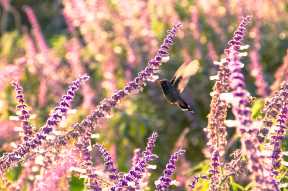
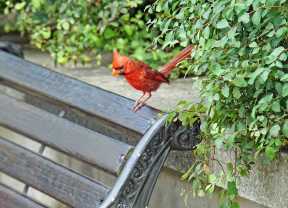
We just recently completed the landscape design for our bird-loving client and are excited for the installation to begin in the fall. As designers, you always strive to achieve the right balance between what your customer wants and what nature can provide. In this case, we had a third party to consider and we can’t wait to see if the birds will love their new home.
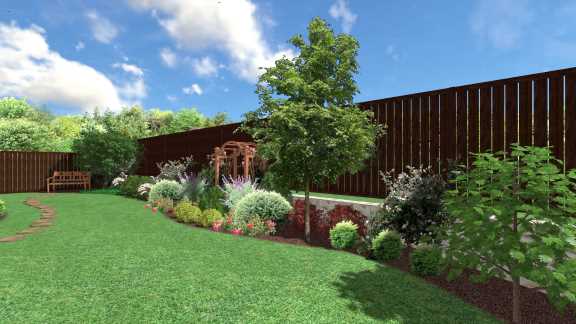
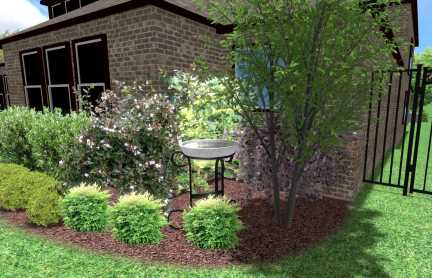
Texas Native Plants for Birdscaping
Ornamental Trees
Buckeye (Mexican, Red or Texas)
Carolina Buckthorn
Desert Willow
Eastern Red Cedar
Eve’s Necklace
Southern Wax Myrtle
Texas Mountain Laurel
Texas Redbud
Yaupon Holly
Shade Trees
American Elm
Bald Cypress
Chinquapin Oak
Common Persimmon
Southern Live Oak
Southern Magnolia
Western Soapberry
Shrubs
Agarita
American Beautyberry
Coralberry
Sumac (Evergreen and Smooth)
Texas Sage
Vines
Coral Honeysuckle
Crossvine
Trumpet Vine
Ornamental Grasses
Eastern Gamagrass
Gulf Muhly
Linheimer’s Muhly
Mexican Feathergrass
Groundcovers
Frog Fruit
Pigeonberry
Horse Herb
Perennials
Columbine (Yellow)
Coneflower
Coreopsis
Gayfeather
Greggs Salvia
Lindheimer’s Gaura
For a complete list of Texas native plants, go to: http://www.txsmartscape.com/index.php

